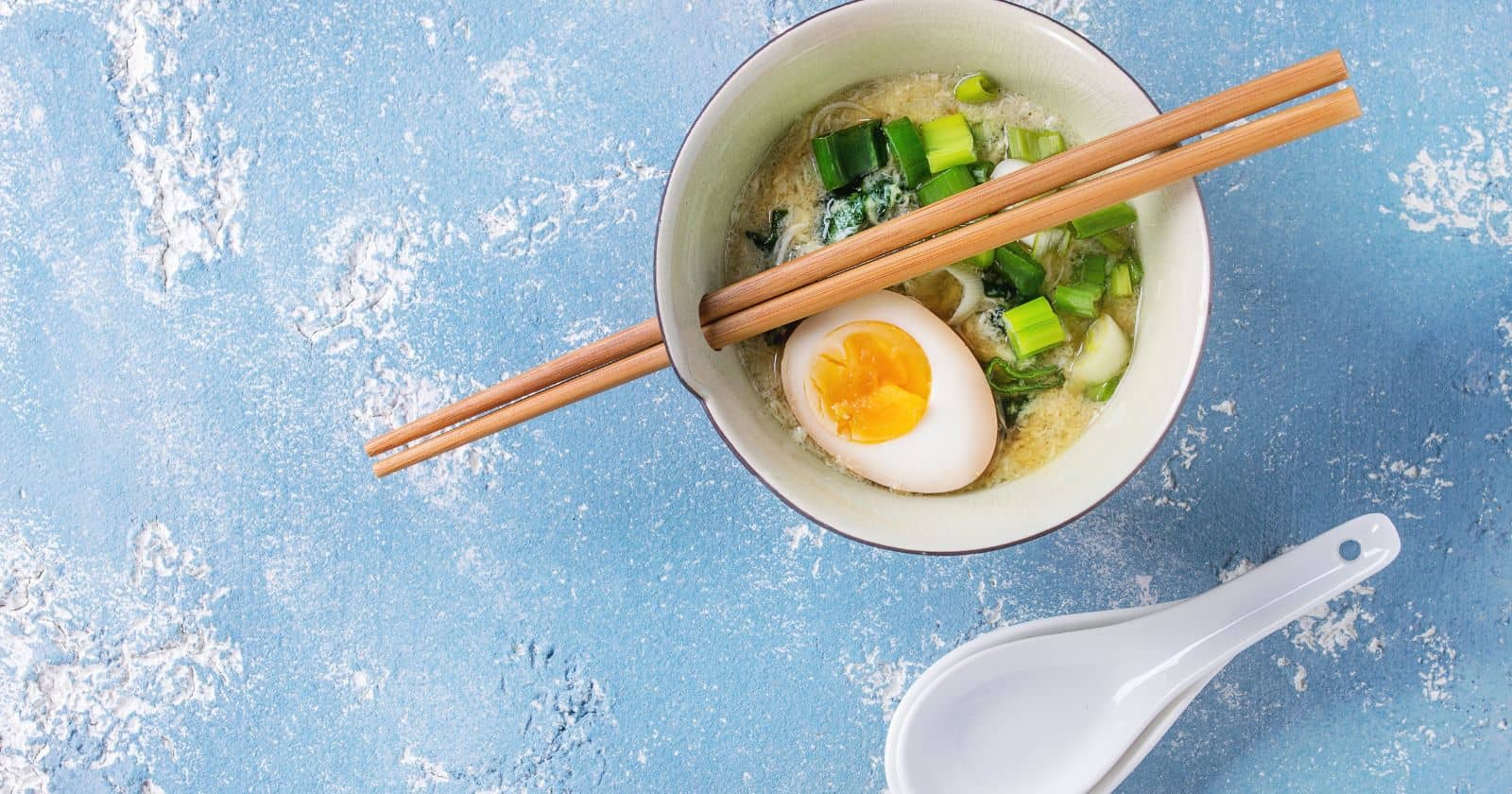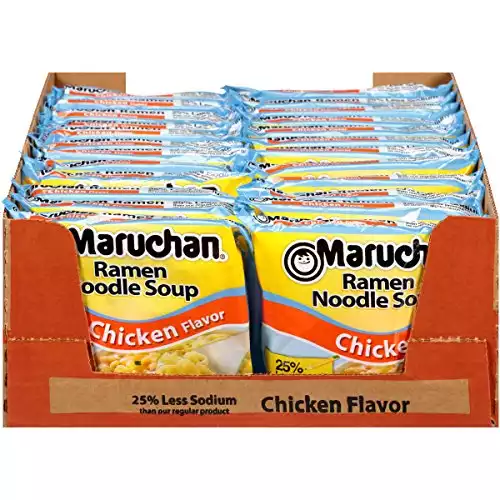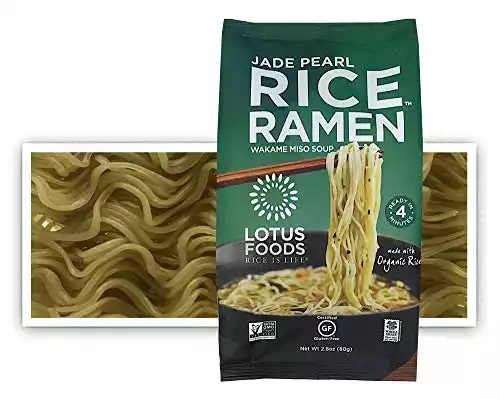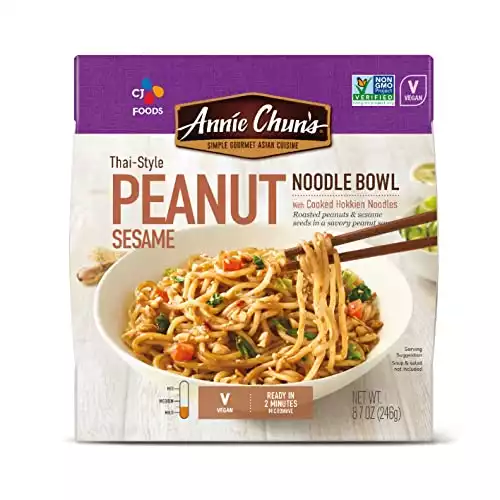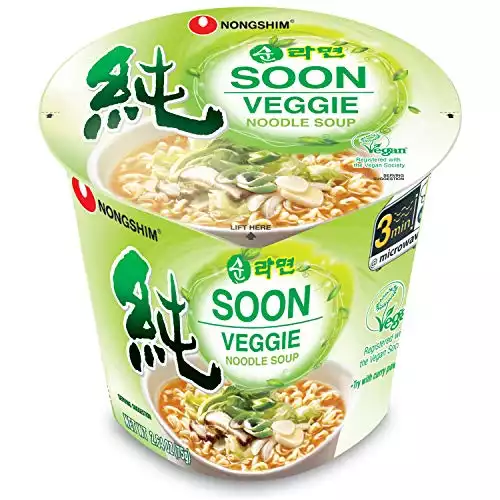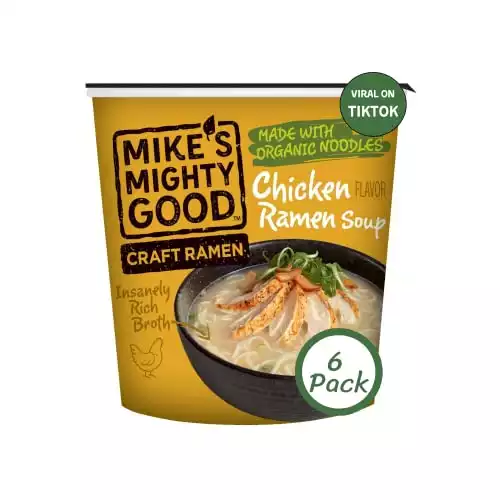Do you absolutely love slurping up steaming bowls of instant ramen, but worry about all that sodium wreaking havoc on your health? Well, you’re in luck, because you can now enjoy all the flavor without the salt overload. Low sodium instant ramen options make it easy to indulge your noodle fix while sticking to a healthy diet.
With brands like Maruchan, Nongshim, and Annie Chun’s offering lower sodium ramen varieties, you can get that salty, savory taste you crave without going overboard. Add in fresh veggies, proteins, and herbs, and you’ve got yourself a nutritious, balanced meal in minutes.
In this article, we’ll highlight the best low sodium ramen picks, suggest easy recipe add-ins to amp up nutrition, and provide pro cooking tips to maximize flavor. Soon you’ll be whipping up steaming bowls of guilt-free ramen bliss in no time! So grab your chopsticks and let’s dive into the wonderful world of healthy ramen noodles.
Why Limit Sodium in Instant Ramen?
First, let’s look at why it’s important to limit sodium consumption from instant ramen in the first place.
A single package of regular instant ramen contains around 1,760 mg of sodium – about 88% of the recommended daily limit. Overdoing sodium can lead to:
- High blood pressure
- Stroke
- Heart disease
- Kidney problems
Sodium is used as a preservative and flavor enhancer in instant noodles. While tasty, all that salt can damage health if you eat ramen frequently.
Spotlight on Low Sodium Ramen Brands
Luckily, several brands now offer lower sodium instant ramen options with all the addictive flavor but less of the salt:
- Maruchan’s Low Sodium Ramen – 35% less sodium than regular packs.
- Nongshim Soon Noodle Soup – Low sodium vegetarian noodles packed with flavor.
- Sapporo Ichiban Healthy Ramen – 30% less sodium plus added vegetable content.
- Annie Chun’s Healthy Gourmet – Lower sodium and healthier ingredients.
- Emmy’s Organics Ramen – 40% less sodium than typical ramen packs.
- Dr. McDougall’s Ramen – Under 300mg sodium per pack.
- Mike’s Mighty Good Craft Ramen – Reduce sodium content in their products without sacrificing taste. With only 720 milligrams of sodium per serving
Miso Soup, Gluten-Free, 2.8 Oz (Pack Of 10)
Instant & Microwavable, Non-GMO, Vegan, Healthy & Delicious, 8.7 Oz (Pack of 6)
Veggie, 2.6 Ounce (Pack of 6)
Chicken Noodle Soup - Instant Ramen Noodles Cups - Organic Non-GMO Instant Noodles - 1.6 Ounces - 6 Pack
Peruse your grocery aisles and health food stores to discover even more healthy ramen options as the low sodium trend grows.
is low sodium instant ramen contains MSG?
Many people choose low sodium instant ramen options for health reasons, but wonder if these products still contain MSG. MSG, or monosodium glutamate, is a common flavor enhancer added to foods to increase umami taste.
Some individuals experience adverse effects from MSG like headaches or flushing. The good news is that most low sodium instant ramen brands do not contain added MSG. They rely on other natural flavorings to provide taste without high sodium or MSG.
However, it’s always important to carefully read nutrition labels, since some low sodium ramen varieties may still include MSG.
To avoid MSG completely, look for instant ramen labeled “No MSG” or instant noodle cups without any flavoring packets.
Amp Up Nutrition in Your Ramen
To make your low sodium ramen even healthier, add extra vegetables, protein, and nutrients:
- Spinach, mushrooms, zucchini, carrots – Fiber and vitamins.
- Kimchi, broccoli slaw – Probiotics.
- Tofu, egg, chicken – Lean protein.
- Fresh cilantro, green onions – Phytonutrients.
- Lime juice – Immune-boosting vitamin C.
With just a few simple additions, you can transform basic ramen into a well-rounded, nutritious meal.
Low Sodium Ramen Cooking Tips and Tricks
Follow these tips to draw maximum flavor from low sodium ramen packets:
- Use only half the seasoning to reduce sodium.
- Sauté aromatics like garlic, ginger, and onions to start.
- Simmer mushrooms, vegetables, or meat before adding noodles.
- Add a dash of sesame oil and splash of rice vinegar for flavor.
- Top with fresh herbs, chili oil, and citrus zest.
- Swap the seasoning packet for low sodium broth or miso paste.
- Cook noodles separately then combine to avoid overcooking.
With the right cooking techniques, you can create low sodium ramen that’s loaded with taste. Get creative and find your signature culinary ramen flair.
Benefits of Choosing Low Sodium Ramen
Trading regular instant ramen for low sodium options provides some excellent health advantages:
Lower blood pressure – Limiting sodium intake helps maintain healthy blood pressure levels. High blood pressure is a major risk factor for stroke, heart attack, and kidney disease.
Reduced fluid retention – Excess sodium causes the body to retain water, resulting in fluid retention. Low sodium ramen prevents bloating and swelling.
Decreased risk of stomach cancer – One study showed a diet high in salty foods led to greater stomach cancer risk. Low sodium diets may provide protection.
Improved kidney function – High sodium diets can strain the kidneys. Low sodium ramen supports optimal kidney health and function.
Increased nutrition – Adding veggies boosts vitamins, minerals, and antioxidants for an overall more nutritious meal.
Healthy Ramen Alternatives Beyond Instant Packets
Seeking even more low sodium noodle options? Consider these healthy ramen alternatives:
Miso soup – Make quick miso soup with dashi, tofu, mushrooms, and miso paste for a light Japanese-inspired meal.
Shirataki noodles – These gelatinous konjac noodles are low carb, low calorie ramen replacements.
Zucchini noodles – Spiralize zucchini into healthful noodle form and lightly steam or sauté for the perfect base.
Chopped veggie bowls – Skip the noodles and build tasty bowls loaded with sautéed mushrooms, bok choy, bean sprouts and more over rice or quinoa.
Cauliflower rice – Transform riced cauliflower into a low carb ramen bowl topped with your favorite fixings.
Chicken zoodle soup – Make chicken noodle soup more nutritious with zucchini noodles instead of egg noodles.
Read Those Ramen Nutrition Labels!
When shopping for instant ramen, be sure to read labels carefully and compare sodium contents. Some products marketed as “healthy” or “low sodium” can still be high in salt.
Check the milligrams of sodium per serving – a product with 300 to 700 mg per packet is ideal. Look for healthier ingredients like dried vegetables, brown rice noodles, olive oil, and organic spices.
Proper label reading ensures you select the healthiest low sodium ramen options.
The Final Slurp – Enjoy Guilt Free!
By choosing low sodium products and adding nutritious ingredients, you can now indulge in flavorful bowls of instant ramen without derailing your health goals. With so many tasty options for healthy ramen recipes and creative replacements, the possibilities are endless.
So go ahead – simmer up a steamy, craveable bowl of ramen and slurp away guilt-free knowing you’re doing your body good one noodle at a time!

